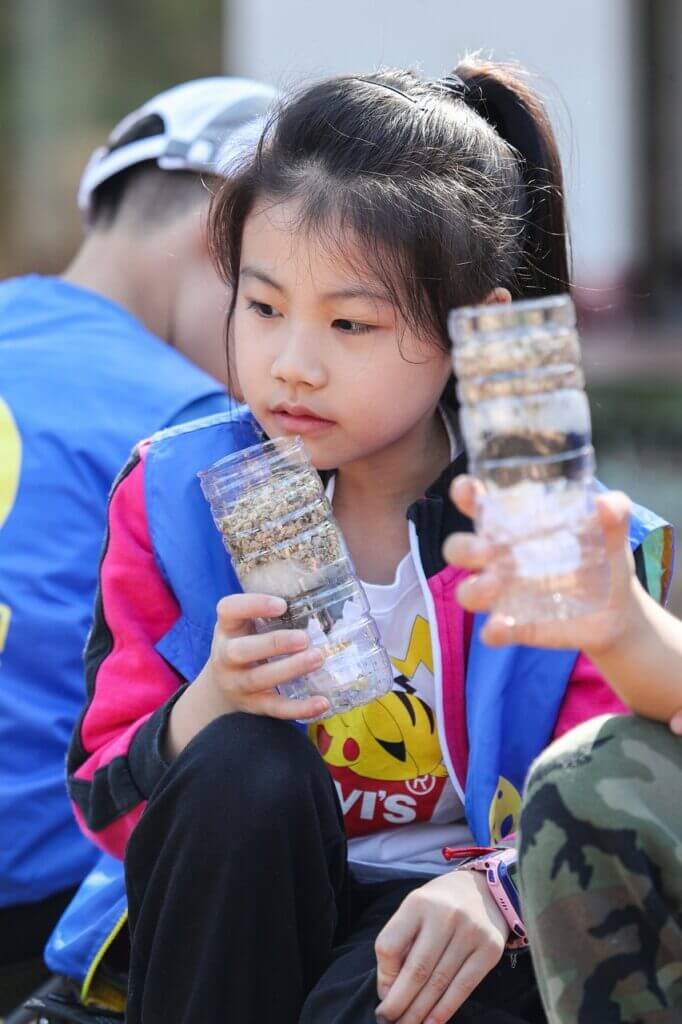Heading out on a camping adventure means being one with nature, but it also means being prepared, especially when it comes to finding and purifying water sources. When you’re out in the wilderness, nothing is more essential than having access to clean drinking water. In this article, we will explore effective methods to locate and purify water sources, ensuring you stay hydrated and healthy throughout your camping journey. So, let’s strap on our boots and get ready to quench our thirst while enjoying the great outdoors!

Importance of finding and purifying water while camping
Camping in the wilderness can be an exhilarating and refreshing experience. Exploring nature, breathing in the fresh air, and disconnecting from the hustle and bustle of everyday life can do wonders for your mind and body. However, amidst all the excitement, it is crucial to prioritize the most basic and essential element for survival – water. Finding and purifying water while camping is of utmost importance to ensure your health and safety. Not only can dehydration be a significant risk in the wild, but contaminated water sources can also pose severe health risks. Let’s dive into the details of this vital aspect of camping.
Dehydration risks in the wilderness
When you embark on a camping adventure, it’s easy to underestimate the impact of dehydration. The combination of physical activities, exposure to the elements, and the absence of readily available water sources can quickly deplete your body’s water reserves. Dehydration can lead to a range of consequences, from mild symptoms like fatigue, dizziness, and headaches, to severe ones such as heat stroke. Therefore, it is crucial to stay hydrated by finding and purifying water throughout your camping trip.

Contaminated water sources and health risks
While finding water in the wilderness is essential for survival, it is equally important to be aware of the potential risks associated with natural water sources. These sources can easily become contaminated by various sources such as animal waste, pollutants, or even human activity. Consuming contaminated water can lead to waterborne diseases like diarrhea, vomiting, and in severe cases, even life-threatening conditions. Hence, it is essential to assess the safety of water sources and take appropriate measures to purify the water before consumption.
Finding water sources in the wilderness
Understanding the landscape is the first step in finding water sources while camping. Familiarize yourself with the area’s topography, as different terrains can impact the availability and accessibility of water. Mountains, for example, often have streams or rivers flowing down their slopes, providing potential water sources. In contrast, flatter lands might offer lakes or ponds.
Look for visual clues to locate natural water bodies. Keep an eye out for lush vegetation, as it often indicates the presence of nearby water sources. Trees, shrubs, and other plants tend to grow abundantly near water, so keep a lookout for these signs while exploring the wilderness.
Water presence can also be identified through auditory cues. Listen for the sound of running water or trickling streams. These sounds can be a tell-tale sign that there is water nearby. Follow the sound, and you might discover a hidden water source that will quench your thirst in no time.
Assessing the safety of water sources
Once you have found a potential water source in the wilderness, it is crucial to assess its safety before consuming it. Even though the water may appear to be clear and clean, it might still harbor harmful bacteria or other contaminants. To determine its safety, consider the following factors:
Potential contamination sources:
Evaluate the surroundings of the water source for potential contamination sources. Look for signs of human or animal activity upstream that may introduce pollutants or waste into the water. Avoid collecting water from areas where livestock or wildlife congregate, as their waste can contaminate the water.
Water clarity and odor:
Examine the water’s clarity and odor as indicators of its safety. Clear water is generally a positive sign, but it does not guarantee purity. Additionally, water with an unusual or foul smell might indicate contamination. When in doubt, it is always better to err on the side of caution and purify the water before consumption.
Using water testing kits:
Using water testing kits can provide accurate and reliable information regarding the safety of the water source. These kits assess the water for contaminants such as bacteria, viruses, and chemicals. Carrying a water testing kit while camping can be a valuable tool to ensure the water you drink is safe and free from harmful pathogens.
Methods to purify water while camping
After finding a water source and assessing its safety, it is crucial to purify the water to eliminate any potential contaminants. Several methods can be employed to achieve this:
Boiling water:
Boiling water is one of the most effective and straightforward methods to purify it in the wilderness. Bring the water to a rolling boil for at least one minute (or three minutes at higher altitudes) to kill off any harmful bacteria, viruses, or parasites. Allow the water to cool before consuming it.
Using water filters:
Water filters are handy tools that can remove impurities and pathogens from water. They work by physically straining out particles and microorganisms. There are various types of water filters available, such as pump filters, gravity filters, and straw filters. Make sure to follow the manufacturer’s instructions for the specific filter you are using.
Chemical water treatment:
Chemical water treatments involve the use of disinfectants to kill off harmful microorganisms. Common chemical treatment options include chlorine dioxide tablets or drops, iodine tablets, or other water purification tablets. These treatments are generally quick and easy to use, but it is important to follow the instructions carefully to ensure they are effective.
Portable water purifiers:
Portable water purifiers are compact devices that employ advanced technology to remove contaminants from water. They often combine techniques like filtration, activated carbon, and UV light treatment to provide safe drinking water. While more expensive than other methods, portable water purifiers are highly effective and convenient for long-term camping trips or frequent outdoor adventures.
Storing and carrying water while camping
Along with finding and purifying water in the wilderness, it is necessary to have suitable water storage and carrying methods. Consider the following tips for efficient water management during your camping trip:
Choosing appropriate water containers:
Select containers made from food-grade materials, such as plastics designated as BPA-free. Opt for containers with secure lids to prevent spilling or contamination. Consider the storage capacity you will need based on the duration of your camping trip and the number of people in your group.
Water treatment before storage:
Before storing water, treat it with the purification method of your choice (boiling, filtering, or chemical treatment). This step will ensure that the water remains safe to drink during storage. Label the containers with the date of treatment to help monitor the water’s freshness.
Effective water carrying methods:
Carrying water in the wilderness can be physically demanding, so it is essential to choose suitable methods. Consider using a backpack with a built-in hydration system, allowing you to drink on the go. Alternatively, use heavy-duty water containers and distribute the weight among your camping group to share the burden.
Additional tips for water management during camping
Water conservation is crucial while camping to ensure a sustainable and responsible approach to the environment. Some tips to conserve water in the wilderness include:
Conserving water in the wilderness:
- Limit the use of water for washing dishes by utilizing minimalistic cleaning methods like scrubbing with sand or using biodegradable wipes.
- Take quick and efficient showers, using a solar shower bag or wet wipes when necessary.
- Avoid excessive water usage when brushing your teeth by using mouthwash or rinsing with small amounts of water.
- Dispose of wastewater in a responsible manner, preferably at least 200 feet away from any water sources.
Alternative water sources and techniques:
In addition to natural water sources, there are alternative techniques to obtain water while camping. Consider collecting rainfall using a tarp or creating a solar still to extract moisture from the ground. These methods can supplement your water supply and save you from relying solely on natural sources.
By understanding the importance of finding and purifying water, assessing its safety, employing suitable purification methods, and adopting efficient water management practices, you can ensure a safe and enjoyable camping experience in the wilderness. Stay hydrated, stay safe, and make the most of your time in nature’s embrace!


